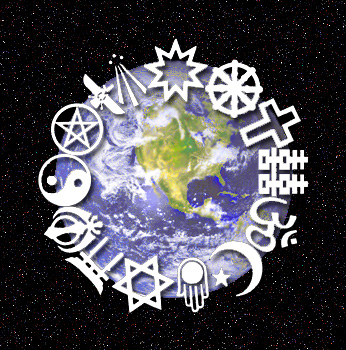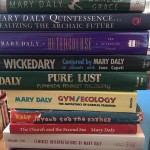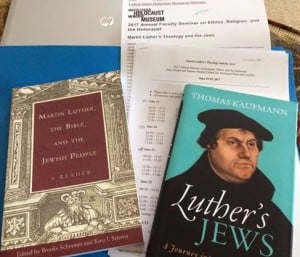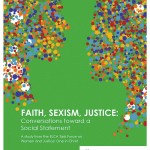Note: Due to the winter storm, I wasn’t actually able to travel to this conference! I wanted to share about it anyway:
The longer I teach religion, the more intentional I become about teaching religions. It’s not enough for any of us to know about only one religion.
Religious literacy (or illiteracy as the case may be) is a persistent challenge that affects everything from interpersonal relationships to politics and global conflict management. Last week the Pew Research Religion & Public Life Project reported that religious hostility is currently at a six-year high around the world. For those of us who work in higher education and intend to produce educated citizens who will transform the world for the better, attention to religions and their relationships and roles in the world is essential.
I wrote here last week about how I’m framing my introductory class on Christianity with its historic relatedness to Judaism and Islam, and some contemporary engagements with Hinduism and Buddhism. It’s just one example, and it’s just a start. I’ve also written a bit about understanding Christian privilege and its effect on interfaith cooperation, including that of working with atheist and nonreligious students. And this piece talks about how that work unfolded over several years at Concordia College.
Today I’m heading to New York City for the Teaching Interfaith Studies Conference, hosted by the Interfaith Youth Core and NYU’s Of Many Institute for Multifaith Leadership. We will be talking about course sequences, pedagogy, and best practices in teaching interfaith texts and topics.
Here is how the organizers frame the conference:
“As religious diversity increases on college and university campuses and as religion continues to play a key role in both domestic and international affairs, many institutions are looking for holistic ways to foster interfaith cooperation and pluralism on campus. One of the emerging discussions within this work is how interfaith engagement can be addressed within the college classroom and if there might be a burgeoning interdisciplinary field that could be called interfaith or multifaith studies. Such a field might be conceptualized as having both theoretical and applied aspects and could look to the establishment of other fields such as peace studies or women’s studies as analogues. If there is indeed a growing field of interfaith studies, what are the learning outcomes of such a field, and what might it look like to develop course sequences that achieve those learning outcomes? How might faculty from disparate fields share theoretical insights and effective pedagogical practices?”
I look forward to hearing from an impressive array of speakers and engaging new conversation partners around these questions.
Image via religioustolerance.org.













